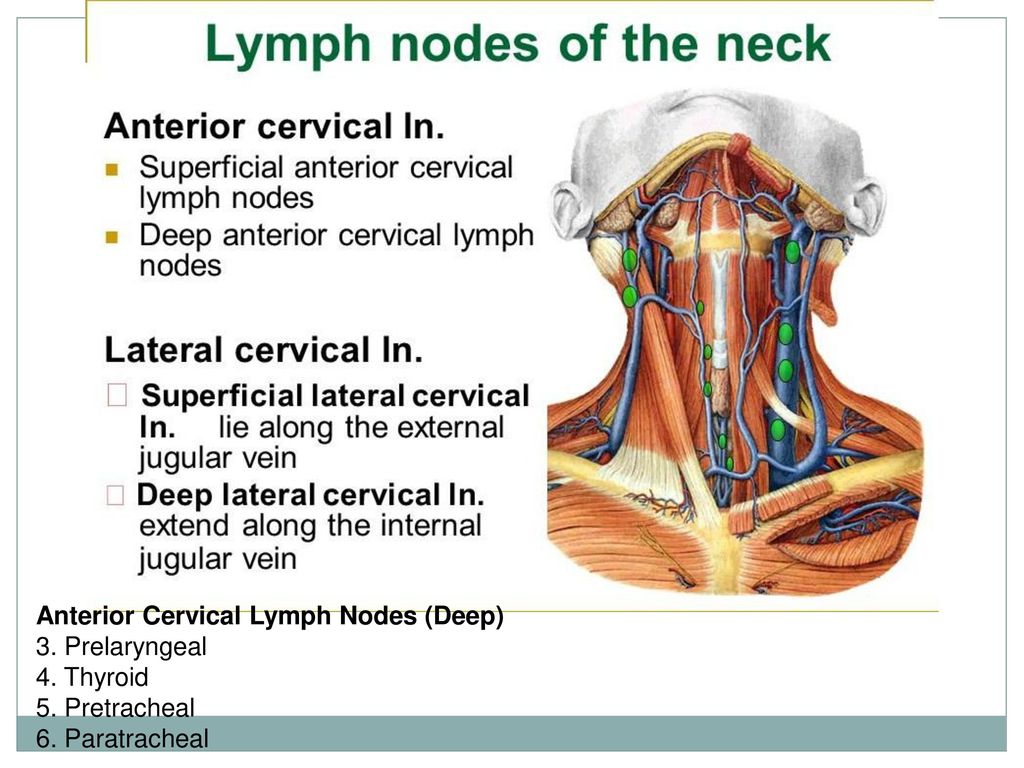Lymph nodes on my neck. Swollen Lymph Nodes: Understanding Causes, Symptoms, and Treatment Options
What are the common causes of swollen lymph nodes. How can you identify swollen lymph nodes. When should you seek medical attention for swollen lymph nodes. What treatment options are available for swollen lymph nodes.
What Are Lymph Nodes and Their Function in the Body?
Lymph nodes are small, bean-shaped glands that play a crucial role in our immune system. They are part of the lymphatic system, which is a network of vessels and organs that help filter and circulate lymph – a clear fluid containing white blood cells. These nodes are strategically located throughout the body, including the neck, armpits, groin, and abdomen.
The primary function of lymph nodes is to act as filters, trapping harmful substances such as bacteria, viruses, and abnormal cells. They also serve as production sites for lymphocytes, a type of white blood cell essential for fighting infections and diseases. When the body is fighting an infection or illness, lymph nodes can become swollen as they work overtime to filter out harmful substances.
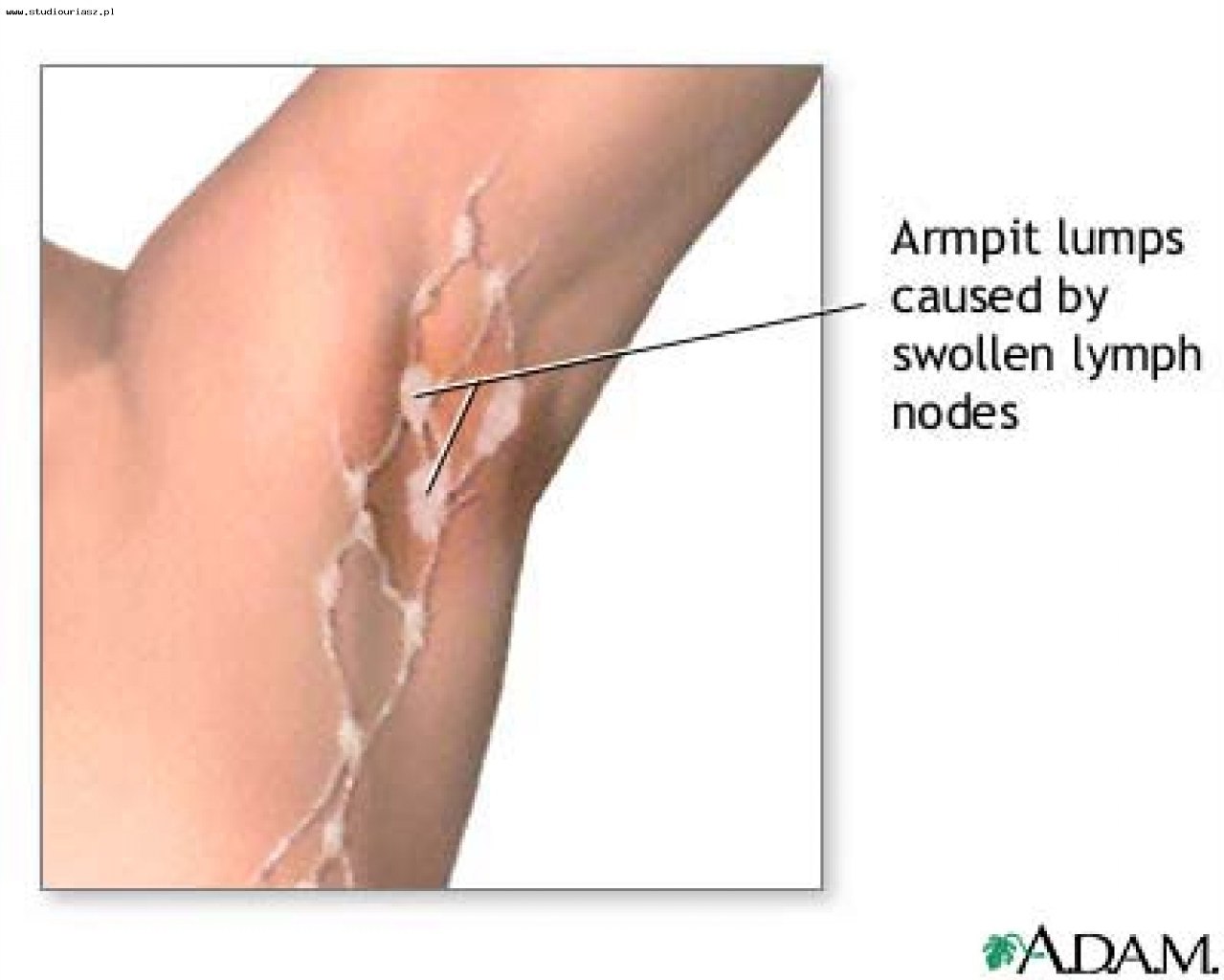
Where are lymph nodes commonly found?
Lymph nodes are distributed throughout the body, but some of the most noticeable locations include:
- Neck (cervical lymph nodes)
- Under the jaw (submandibular lymph nodes)
- Behind the ears (retroauricular lymph nodes)
- Above the collarbone (supraclavicular lymph nodes)
- Armpits (axillary lymph nodes)
- Groin (inguinal lymph nodes)
Common Causes of Swollen Lymph Nodes
Swollen lymph nodes, also known as lymphadenopathy, can occur for various reasons. While they are often a sign that your body is fighting an infection, there can be other underlying causes. Understanding these can help you determine when to seek medical attention.
Infectious Causes
Infections are the most common reason for lymph node swelling. Depending on the location of the swollen nodes, different types of infections may be responsible:
- Upper respiratory infections (common cold, flu, strep throat)
- Ear infections
- Sinus infections
- Tooth infections or abscesses
- Skin infections
- Mononucleosis (mono)
- HIV
- Sexually transmitted infections (e.g., syphilis, gonorrhea)
- Cat scratch fever
- Toxoplasmosis
- Tuberculosis
- Shingles
Non-Infectious Causes
While less common, non-infectious causes of swollen lymph nodes should not be overlooked:

- Autoimmune disorders (e.g., lupus, rheumatoid arthritis)
- Certain cancers (e.g., lymphoma, leukemia)
- Allergic reactions to medications
- Stress
- Gingivitis
- Mouth sores
Recognizing Symptoms of Swollen Lymph Nodes
Identifying swollen lymph nodes is crucial for early detection and treatment of underlying conditions. The symptoms can vary depending on the cause and location of the swollen nodes.
How do swollen lymph nodes feel?
Swollen lymph nodes typically feel like small, firm bumps under the skin. They can range in size from as small as a pea to as large as a cherry. In some cases, they may be tender to touch or painful when pressure is applied. The swelling may be noticeable when you run your hand over the affected area, such as along your neck or under your jawline.
Associated Symptoms
Depending on the underlying cause, swollen lymph nodes may be accompanied by other symptoms:
- Fever
- Fatigue
- Night sweats
- Unexplained weight loss
- Sore throat
- Runny nose or congestion
- Cough
- Skin rash or redness
- General feeling of illness
When Should You Seek Medical Attention for Swollen Lymph Nodes?
While swollen lymph nodes are often harmless and resolve on their own, there are instances when medical attention is necessary. Understanding when to consult a healthcare professional can help ensure timely diagnosis and treatment of any underlying conditions.

Red Flags for Seeking Immediate Medical Care
You should seek prompt medical attention if you experience any of the following:
- Lymph nodes that are rapidly increasing in size
- Nodes that are hard, fixed in place, or feel irregular
- Persistent swelling for more than two weeks without any signs of improvement
- Swollen nodes accompanied by unexplained weight loss, night sweats, or fever
- Difficulty breathing or swallowing due to swollen nodes in the neck or throat
- Redness or inflammation of the skin over the swollen lymph nodes
- Swollen lymph nodes in multiple areas of the body without an apparent cause
What to Expect During a Medical Evaluation
When you visit a healthcare provider for swollen lymph nodes, they will typically perform the following:
- Take a detailed medical history, including recent illnesses, injuries, or exposures
- Conduct a physical examination to assess the size, consistency, and tenderness of the lymph nodes
- Order blood tests to check for infections or other underlying conditions
- Possibly recommend imaging tests such as ultrasound, CT scan, or MRI for a more detailed view of the affected area
- In some cases, perform a biopsy to examine the lymph node tissue for signs of cancer or other diseases
Diagnostic Approaches for Swollen Lymph Nodes
Accurate diagnosis of the underlying cause of swollen lymph nodes is crucial for appropriate treatment. Healthcare providers employ various diagnostic methods to determine the root cause of lymphadenopathy.

Physical Examination
The first step in diagnosing swollen lymph nodes is a thorough physical examination. During this process, the healthcare provider will:
- Palpate the affected area to assess the size, consistency, and tenderness of the lymph nodes
- Check for swelling in other parts of the body
- Look for signs of infection or other associated symptoms
- Evaluate the overall health status of the patient
Laboratory Tests
Blood tests are often ordered to help identify the cause of swollen lymph nodes. These may include:
- Complete blood count (CBC) to check for signs of infection or blood disorders
- C-reactive protein (CRP) and erythrocyte sedimentation rate (ESR) to assess inflammation levels
- Specific tests for suspected infections (e.g., mono test, HIV test, tuberculosis test)
- Autoimmune markers if an autoimmune disorder is suspected
Imaging Studies
In some cases, imaging studies may be necessary to get a more detailed view of the lymph nodes and surrounding tissues. Common imaging techniques include:
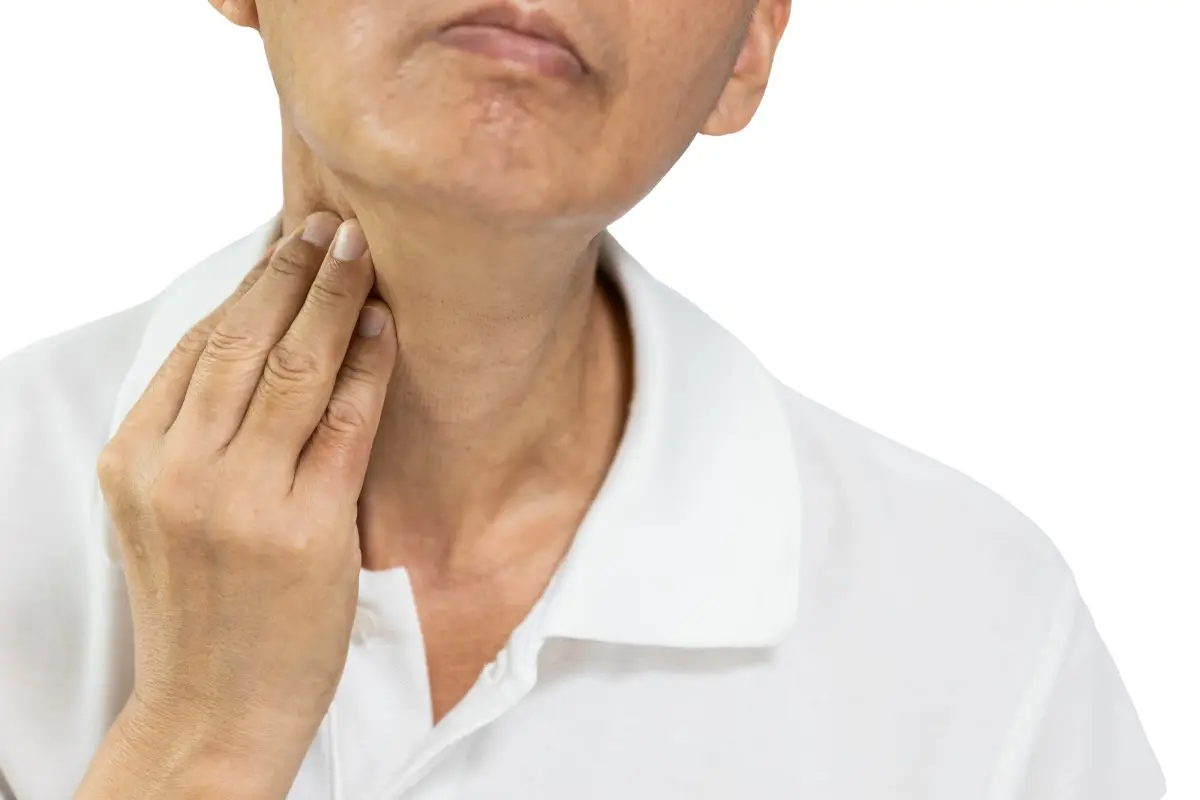
- Ultrasound: A non-invasive method to visualize the size and structure of lymph nodes
- CT scan: Provides detailed cross-sectional images of the affected area
- MRI: Offers high-resolution images without using radiation
- PET scan: Can detect areas of increased metabolic activity, which may indicate cancer
Biopsy
If cancer or a specific disease is suspected, a biopsy may be necessary. This involves taking a small sample of tissue from the lymph node for microscopic examination. Types of biopsies include:
- Fine-needle aspiration: A thin needle is used to extract a small sample of cells
- Core needle biopsy: A larger needle is used to remove a small cylinder of tissue
- Excisional biopsy: The entire lymph node is surgically removed for examination
Treatment Options for Swollen Lymph Nodes
The treatment for swollen lymph nodes depends on the underlying cause. In many cases, especially when the swelling is due to a minor infection, the nodes will return to normal size on their own without specific treatment. However, there are various approaches to managing swollen lymph nodes and their associated symptoms.
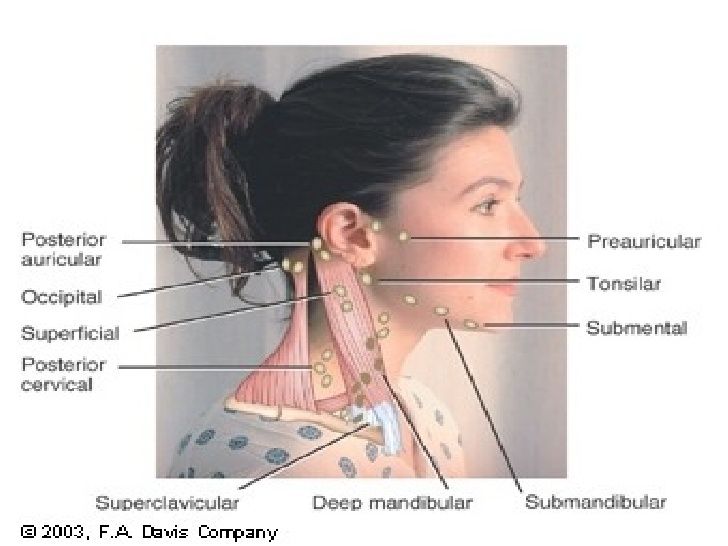
Home Remedies and Self-Care
For mild cases of swollen lymph nodes caused by common infections, self-care measures can be effective:
- Apply warm compresses to the affected area to promote circulation and reduce discomfort
- Take over-the-counter pain relievers such as ibuprofen or acetaminophen to alleviate pain and reduce fever
- Get plenty of rest to support your immune system
- Stay hydrated by drinking plenty of fluids
- Avoid tight clothing or jewelry that may irritate the swollen area
Medical Treatments
Depending on the underlying cause, medical treatments may include:
- Antibiotics for bacterial infections
- Antiviral medications for certain viral infections
- Antifungal drugs for fungal infections
- Anti-inflammatory medications for autoimmune disorders
- Chemotherapy or radiation therapy for cancer-related lymph node swelling
Surgical Interventions
In some cases, surgical intervention may be necessary:
- Lymph node removal: If a lymph node is persistently enlarged or suspected of harboring cancer cells
- Drainage: For lymph nodes that have become abscessed
- Biopsy: To obtain tissue samples for definitive diagnosis
Prevention and Long-Term Management of Lymph Node Health
While it’s not always possible to prevent swollen lymph nodes, there are steps you can take to maintain overall lymphatic health and reduce the risk of complications.
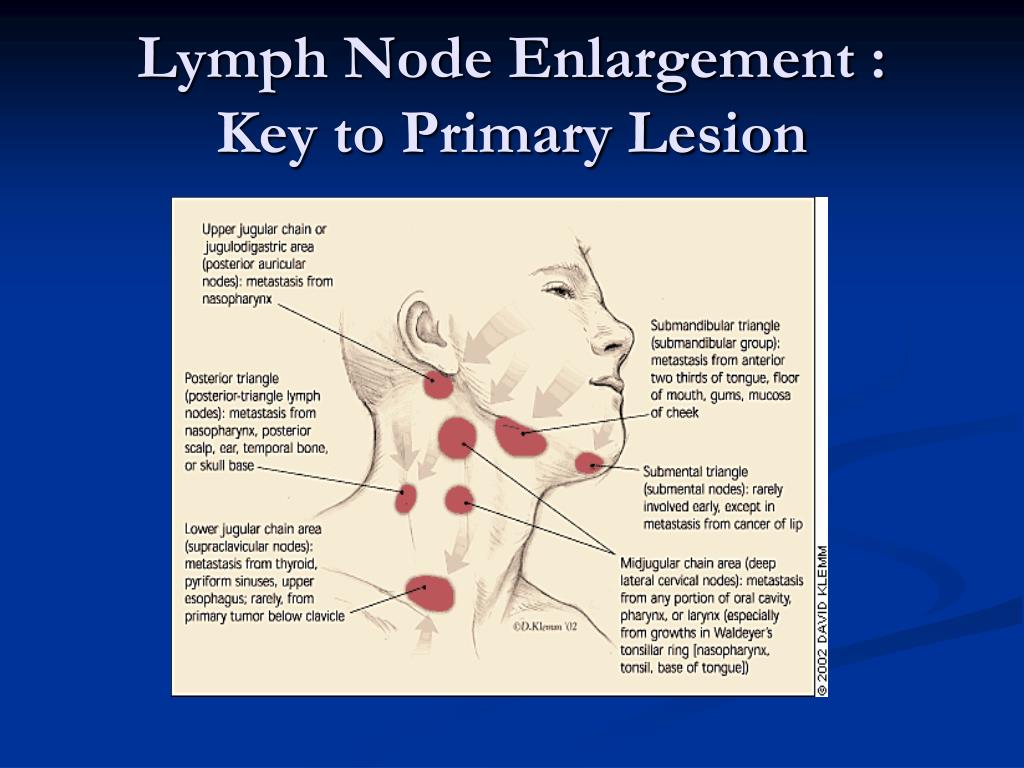
Lifestyle Factors for Lymphatic Health
Adopting healthy lifestyle habits can support your lymphatic system:
- Regular exercise: Promotes lymph circulation and overall immune function
- Proper hydration: Helps maintain fluid balance in the lymphatic system
- Balanced diet: Provides essential nutrients to support immune health
- Stress management: Chronic stress can weaken the immune system
- Adequate sleep: Allows the body to repair and regenerate
Preventive Measures
To reduce the risk of infections that can cause lymph node swelling:
- Practice good hygiene, including regular handwashing
- Stay up-to-date on vaccinations
- Avoid close contact with people who have contagious illnesses
- Use protection during sexual activity to prevent STIs
- Take care of your oral health to prevent dental infections
Long-Term Monitoring
For individuals with chronic conditions or a history of lymph node issues:
- Regular check-ups with your healthcare provider
- Self-examination to monitor for any changes in lymph node size or texture
- Prompt medical attention for any new or concerning symptoms
- Adherence to prescribed treatments for underlying conditions
Understanding the Impact of Cancer on Lymph Nodes
While most cases of swollen lymph nodes are benign, it’s important to understand the relationship between cancer and the lymphatic system. Cancer can affect lymph nodes in several ways, and understanding this relationship is crucial for early detection and effective treatment.

How Cancer Spreads to Lymph Nodes
Cancer can spread to lymph nodes through a process called metastasis. This occurs when cancer cells break away from the primary tumor and travel through the lymphatic system or bloodstream to other parts of the body. Lymph nodes are often the first place where cancer spreads beyond its original location.
When cancer cells reach a lymph node, they can:
- Grow and form a new tumor within the lymph node
- Use the lymph node as a gateway to spread to other parts of the body
- Be trapped and destroyed by the immune cells within the lymph node
Types of Cancer Commonly Affecting Lymph Nodes
While any cancer can potentially spread to lymph nodes, some types are more likely to do so:
- Breast cancer
- Melanoma
- Head and neck cancers
- Lung cancer
- Colorectal cancer
Additionally, there are cancers that originate in the lymphatic system itself, such as:
- Hodgkin’s lymphoma
- Non-Hodgkin’s lymphoma
- Leukemia
Implications for Cancer Staging and Prognosis
The presence of cancer in lymph nodes plays a significant role in determining the stage of cancer and the overall prognosis. Generally, cancer that has spread to nearby lymph nodes is considered more advanced than cancer confined to its original location. This information helps oncologists determine the most appropriate treatment plan.
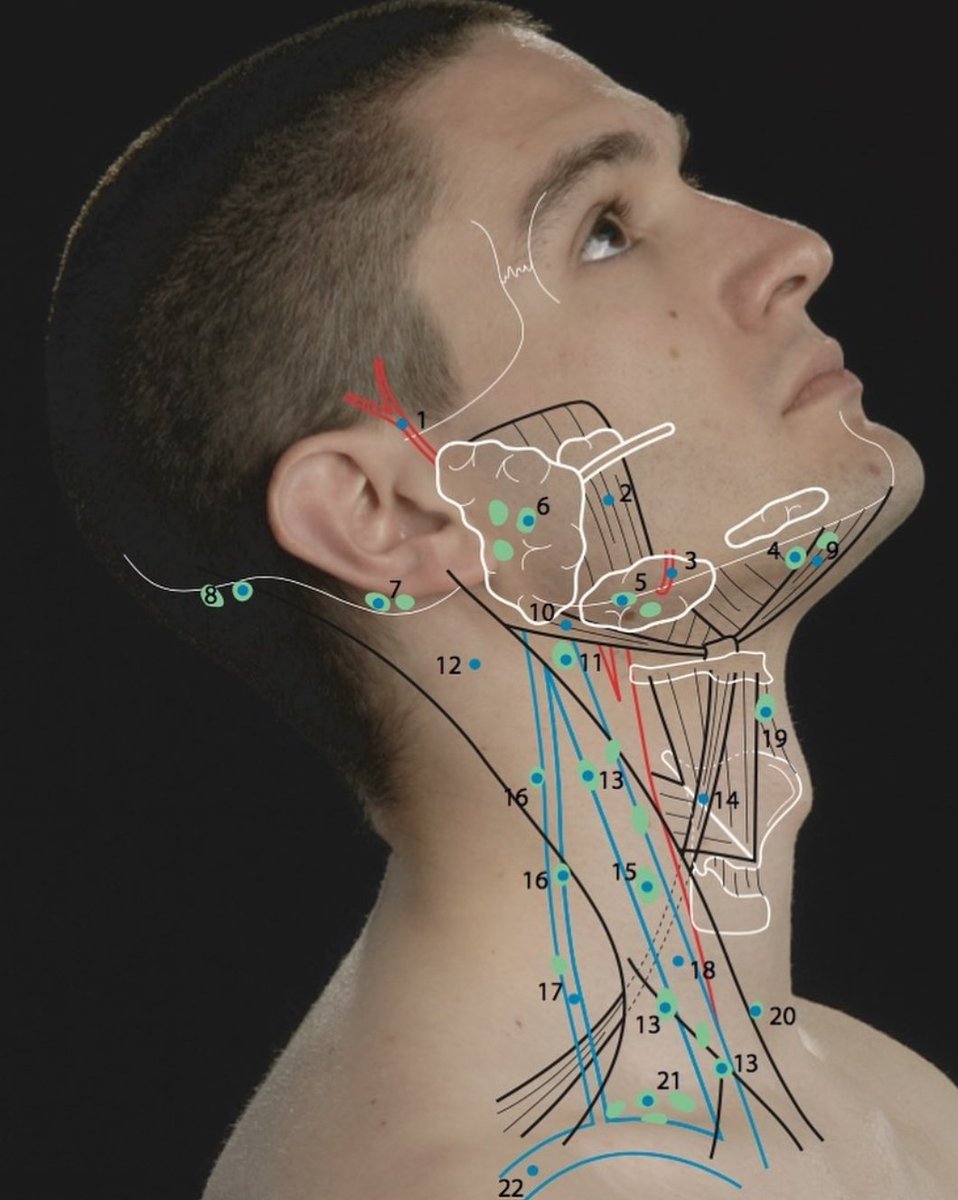
Factors considered in lymph node evaluation include:
- Number of affected lymph nodes
- Size of the cancerous deposits within the nodes
- Location of the affected nodes relative to the primary tumor
- Whether the cancer has spread beyond the lymph nodes to other organs
Understanding the impact of cancer on lymph nodes underscores the importance of regular check-ups and prompt investigation of persistent swollen lymph nodes, especially in individuals with risk factors for cancer.
Swollen Lymph Nodes: Symptoms, Causes, and More
Lymph nodes are small glands that filter lymph, the clear fluid that circulates through the lymphatic system. During an infection, they accumulate bacteria, or dead or diseased cells.
When a person has an infection, they may notice swollen lymph nodes in part of the body near the infection site, such as their neck, armpit, jaw, or groin.
For instance, a person with a sore throat due to COVID-19 may have swollen lymph nodes in their neck. They may also have other symptoms of an infection, such as coughing, fatigue, and fever.
Cancer that develops in or spreads to the lymph nodes may also be swollen. In this case, the reason for swelling may be a tumor.
In this article, find out more about why lymph nodes become swollen, what it might mean, and when to see a doctor.
The lymphatic system consists of channels throughout your body that are similar to blood vessels. Lymph nodes are small glands that filter lymph, the clear fluid that circulates through the lymphatic system.
Lymph nodes are located throughout the body. They can be found underneath the skin in many areas, including:
- in the armpits
- under the jaw
- above the collarbone
- on either side of the neck
- on either side of the groin
Lymph nodes store white blood cells, which are responsible for killing invading organisms.
They also act like a checkpoint. When bacteria, viruses, and abnormal or diseased cells pass through the lymph channels, the lymph nodes detect and stop them.
When faced with an infection or illness, the lymph nodes accumulate debris, such as bacteria and dead or diseased cells.
Lymphadenopathy is another name for swelling in the lymph nodes. Symptoms that may be present along with swollen lymph nodes in the neck, for instance, are:
- coughing
- fatigue
- fever
- chills
- runny nose
- sweating
Swollen lymph nodes in the groin may occur with a pelvic infection.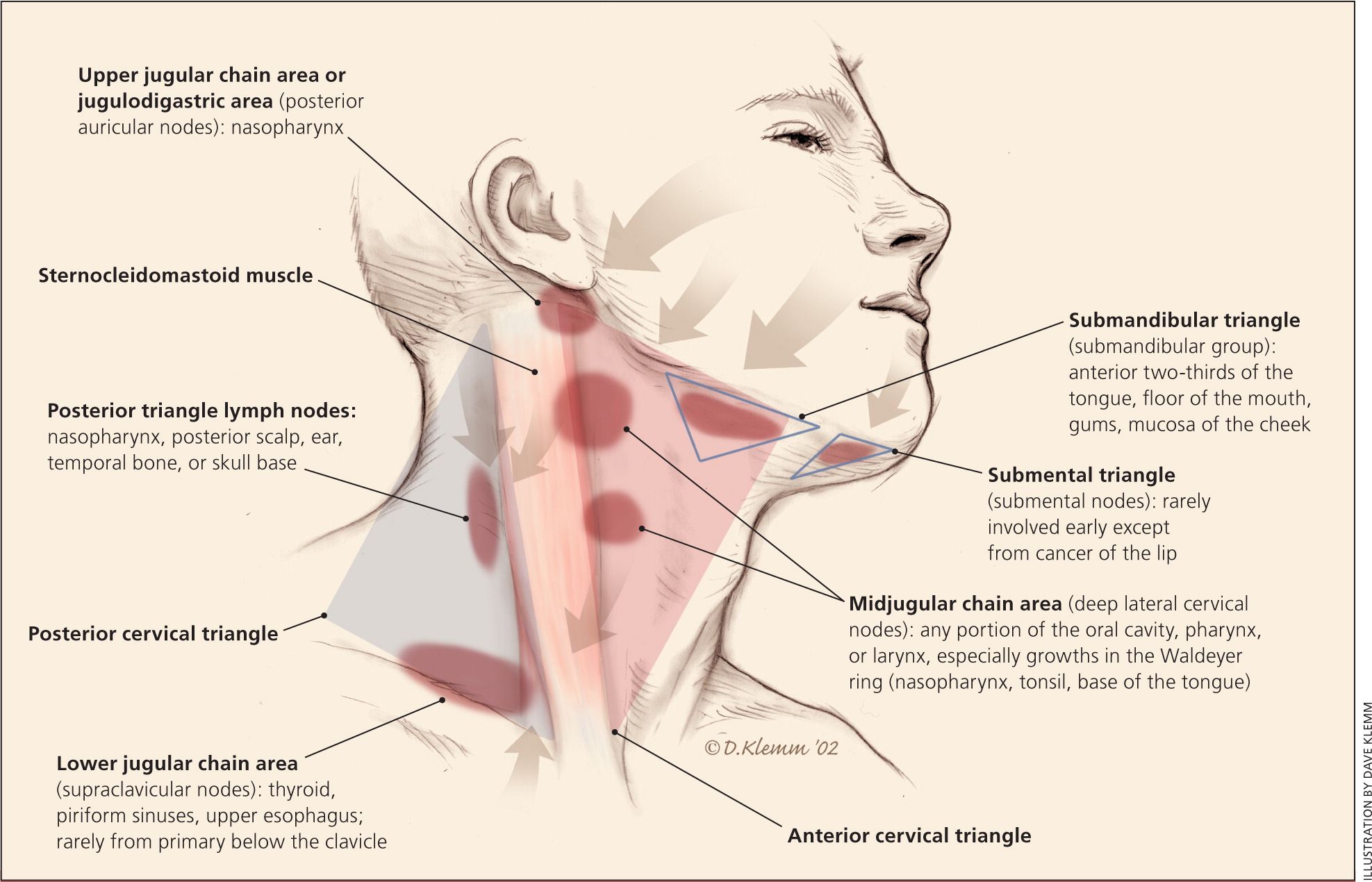 They can cause pain when walking or bending.
They can cause pain when walking or bending.
Swollen lymph nodes are one sign that your lymphatic system is working to rid your body of infection and illness.
Infections
Lymph nodes swell when an infection occurs in the area where they’re located. For example, the lymph nodes in the neck can become swollen in response to an upper respiratory infection, such as the common cold.
Lymph nodes that swell due to an infection may be painful.
Swollen lymph nodes in the head and neck may stem from infections such as:
- ear infection
- sinus infection
- the flu
- strep throat
- mononucleosis (mono)
- tooth infection, including an abscessed tooth
- skin infection
- HIV
Sexually transmitted infections (STIs) such as syphilis or gonorrhea can bring about lymph node swelling in the groin area.
Other possible causes include:
- cat scratch fever
- tonsillitis
- toxoplasmosis
- tuberculosis
- shingles
Noninfectious causes
Serious conditions, such as immune system disorders or cancers, can cause lymph nodes throughout the body to swell.
Immune system disorders that cause the lymph nodes to swell include lupus and rheumatoid arthritis.
Any cancers that spread in the body can cause the lymph nodes to swell. When cancer from one area spreads to the lymph nodes, the survival rate decreases. Lymphoma, which is a cancer of the lymphatic system, also causes the lymph nodes to swell.
Cancers that can cause swollen lymph nodes include:
- leukemia
- Hodgkin’s lymphoma
- non-Hodgkin’s lymphoma
- Sézary syndrome, a rare type of lymphoma
Other causes of swollen lymph nodes include, but aren’t limited to:
- some medications, such as antiseizure and antimalarial drugs
- allergic reactions to medications
- stress
- gingivitis
- mouth sores
What happens when cancer spreads to the lymph nodes?
Swollen lymph nodes can be as small as peas or as large as cherries.
They can be painful to the touch, or they can hurt when you make certain movements.
Swollen lymph nodes under the jaw or on either side of the neck may hurt when you turn your head in a certain way or you’re chewing food. They can often be felt simply by running your hand over your neck just below your jawline. They may be tender as well.
Learn more about lymph node inflammation.
If you’ve recently become ill or had an injury, let a doctor know. This information is vital in helping them determine the cause of your symptoms.
The doctor will also ask you about your medical history. Since certain diseases or medications can cause swollen lymph nodes, giving your medical history helps them find a diagnosis.
After you discuss the symptoms with the doctor, they’ll perform a physical examination.
This consists of:
- checking the size of your lymph nodes
- feeling them to see if they’re tender
- checking the consistency, whether they are hard and firm versus soft and moveable
- discussing whether they have changed or become larger over time
After the physical examination, blood tests may be ordered to check for certain diseases.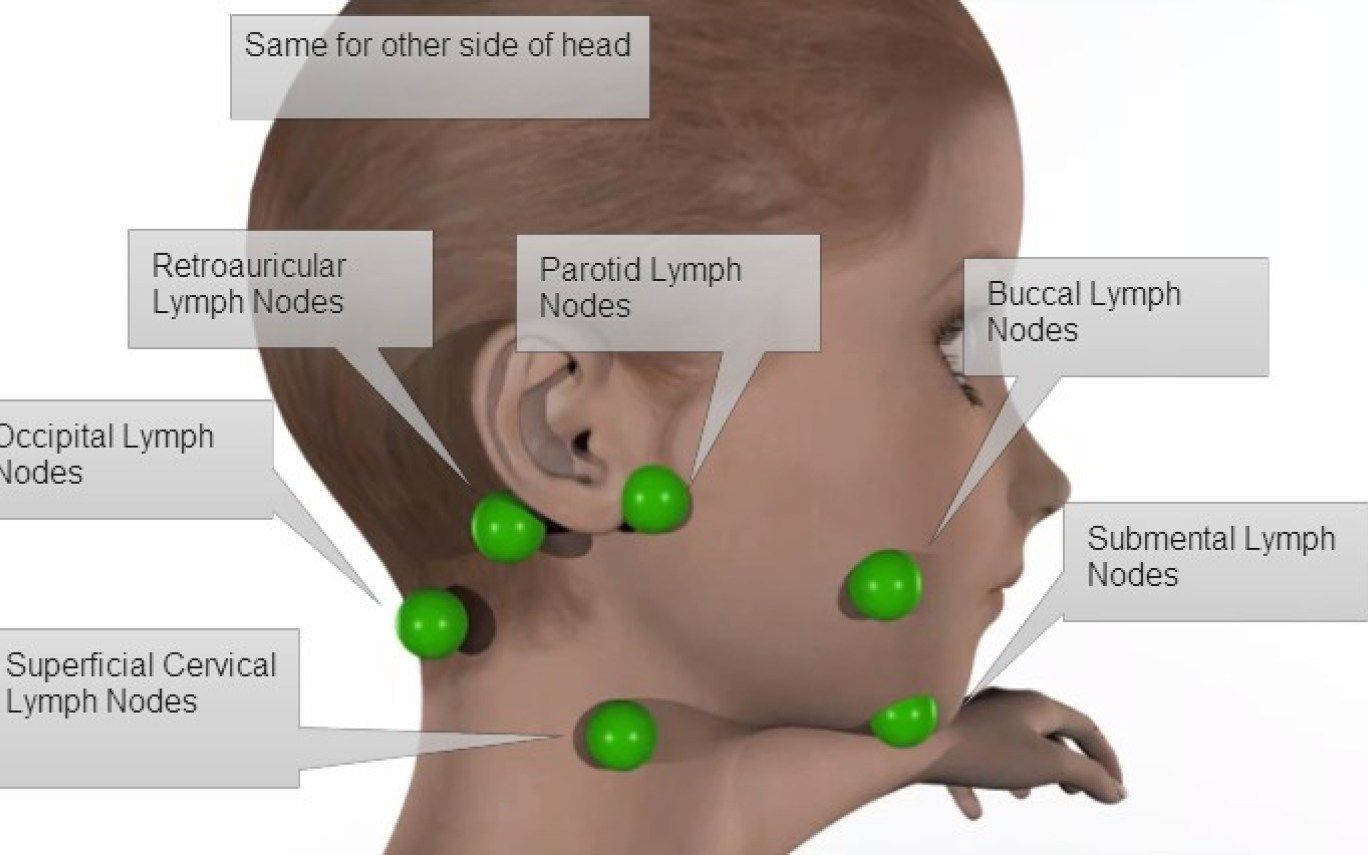
If necessary, the doctor may order an imaging test to further evaluate the lymph node or other areas of your body that may have caused the lymph node to swell. Common imaging tests used to check lymph nodes include:
- X-rays
- ultrasounds
- CT scans
If the above tests suggest the need for further evaluation, the doctor may order an MRI.
In certain cases, even further testing may be needed following the MRI. In this case, the doctor may order a lymph node biopsy. This is a minimally invasive test that consists of using thin, needle-like tools to remove a sample of cells from the lymph node. The cells are then sent to a laboratory where they’re tested for major diseases, such as cancer.
If necessary, the doctor may remove the entire lymph node.
Swollen lymph nodes may become smaller on their own without any treatment. In some cases, the doctor may wish to monitor them without treatment.
In the case of an infection, you may be prescribed antibiotics or antiviral medications to eliminate the condition responsible for the swollen lymph nodes. Your doctor might also recommend medications such as acetaminophen (Tylenol) and ibuprofen (Advil, Motrin) to help relieve pain and reduce inflammation.
Your doctor might also recommend medications such as acetaminophen (Tylenol) and ibuprofen (Advil, Motrin) to help relieve pain and reduce inflammation.
Swollen lymph nodes caused by cancer may not shrink back to their usual size until the cancer is treated. Cancer treatment may involve removing the tumor or any affected lymph nodes. It may also involve chemotherapy to shrink the tumor.
Your doctor will discuss which treatment option is best for you.
The only way to prevent swollen lymph nodes is to prevent the conditions that may cause them. Some steps you can take are below:
- Practice proper dental hygiene to help keep your teeth and gums healthy.
- Wash your hands frequently.
- Get vaccinated against conditions such as shingles, tuberculosis, and the flu.
- Avoid sharing food, beverages, or personal items such as towels with anyone who has a contagious infection such as mono or a cold.
- Use condoms or other barrier methods during sexual activity.

- Ask your doctor about switching your medications if you’re having an adverse or allergic reaction.
- Avoid feral cats or letting your pet cats play outdoors.
If you experience any of the symptoms that sometimes accompany swollen lymph nodes, or if you have painful swollen lymph nodes and no other symptoms, talk with a doctor. Lymph nodes that are swollen but not tender can be signs of a serious problem.
In some cases, the swollen lymph node will get smaller as other symptoms go away. If a lymph node is swollen and painful or if the swelling lasts more than a few days, also see a doctor.
When should you worry about a swollen lymph node?
You should seek medical advice if lymph nodes:
- are very swollen
- are becoming bigger
- either are tender or are not tender
- do not resolve within a few days
- occur with other symptoms you have concerns about
What is the main cause of swollen lymph nodes?
Most cases of swollen lymph nodes occur alongside an infection. They are a sign that the body is fighting the infection and stopping it from causing serious harm in the body.
They are a sign that the body is fighting the infection and stopping it from causing serious harm in the body.
In rare cases, swollen lymph nodes made be a sign of cancer, including lymphoma or leukemia. These lymph nodes tend to not be tender and not associated with an obvious infection or injury.
They may also occur with autoimmune conditions, such as lupus.
Are swollen lymph nodes serious?
In most cases, swollen lymph nodes are not serious but indicate that the immune system is doing its job. However, they can indicate an infection that needs medical attention.
Persistent swelling in the lymph nodes that occurs without other signs of an infection can indicate some types of cancer.
What does a swollen lymph feel like?
You may be able to feel a swollen lymph node with your fingers, although this is not always possible, as some are quite deep in the body or do not swell enough to become noticeable.
Sometimes, there is pain with the swelling, or it may be painful, for example, to turn the head.
Swelling without pain may be a sign of a tumor. Under the arm, it may indicate that breast cancer is spreading.
Swollen lymph nodes are usually a sign of an infection somewhere in the body. You may notice swelling and tenderness, for instance, in the neck, groin, or armpits, alongside other symptoms, such as a sore throat.
Swelling in the lymph nodes can occur with some types of cancer, such as lymphoma, leukemia, and breast cancer. If you have concerns about swollen lymph nodes, it is best to seek medical help, especially if the swelling persists or if you have other worrisome symptoms.
Read this article in Spanish.
If you need help finding a primary care doctor, then check out our FindCare tool here.
Swollen Lymph Nodes: Symptoms, Causes, and More
Lymph nodes are small glands that filter lymph, the clear fluid that circulates through the lymphatic system. During an infection, they accumulate bacteria, or dead or diseased cells.
When a person has an infection, they may notice swollen lymph nodes in part of the body near the infection site, such as their neck, armpit, jaw, or groin.
For instance, a person with a sore throat due to COVID-19 may have swollen lymph nodes in their neck. They may also have other symptoms of an infection, such as coughing, fatigue, and fever.
Cancer that develops in or spreads to the lymph nodes may also be swollen. In this case, the reason for swelling may be a tumor.
In this article, find out more about why lymph nodes become swollen, what it might mean, and when to see a doctor.
The lymphatic system consists of channels throughout your body that are similar to blood vessels. Lymph nodes are small glands that filter lymph, the clear fluid that circulates through the lymphatic system.
Lymph nodes are located throughout the body. They can be found underneath the skin in many areas, including:
- in the armpits
- under the jaw
- above the collarbone
- on either side of the neck
- on either side of the groin
Lymph nodes store white blood cells, which are responsible for killing invading organisms.:max_bytes(150000):strip_icc()/swollen-glands-and-lymphadenopathy-26343681-5c87d173c9e77c0001422fc6.png)
They also act like a checkpoint. When bacteria, viruses, and abnormal or diseased cells pass through the lymph channels, the lymph nodes detect and stop them.
When faced with an infection or illness, the lymph nodes accumulate debris, such as bacteria and dead or diseased cells.
Lymphadenopathy is another name for swelling in the lymph nodes. Symptoms that may be present along with swollen lymph nodes in the neck, for instance, are:
- coughing
- fatigue
- fever
- chills
- runny nose
- sweating
Swollen lymph nodes in the groin may occur with a pelvic infection. They can cause pain when walking or bending.
Swollen lymph nodes are one sign that your lymphatic system is working to rid your body of infection and illness.
Infections
Lymph nodes swell when an infection occurs in the area where they’re located. For example, the lymph nodes in the neck can become swollen in response to an upper respiratory infection, such as the common cold.
Lymph nodes that swell due to an infection may be painful.
Swollen lymph nodes in the head and neck may stem from infections such as:
- ear infection
- sinus infection
- the flu
- strep throat
- mononucleosis (mono)
- tooth infection, including an abscessed tooth
- skin infection
- HIV
Sexually transmitted infections (STIs) such as syphilis or gonorrhea can bring about lymph node swelling in the groin area.
Other possible causes include:
- cat scratch fever
- tonsillitis
- toxoplasmosis
- tuberculosis
- shingles
Noninfectious causes
Serious conditions, such as immune system disorders or cancers, can cause lymph nodes throughout the body to swell.
Immune system disorders that cause the lymph nodes to swell include lupus and rheumatoid arthritis.
Any cancers that spread in the body can cause the lymph nodes to swell. When cancer from one area spreads to the lymph nodes, the survival rate decreases. Lymphoma, which is a cancer of the lymphatic system, also causes the lymph nodes to swell.
Lymphoma, which is a cancer of the lymphatic system, also causes the lymph nodes to swell.
Cancers that can cause swollen lymph nodes include:
- leukemia
- Hodgkin’s lymphoma
- non-Hodgkin’s lymphoma
- Sézary syndrome, a rare type of lymphoma
Other causes of swollen lymph nodes include, but aren’t limited to:
- some medications, such as antiseizure and antimalarial drugs
- allergic reactions to medications
- stress
- gingivitis
- mouth sores
What happens when cancer spreads to the lymph nodes?
Swollen lymph nodes can be as small as peas or as large as cherries.
They can be painful to the touch, or they can hurt when you make certain movements.
Swollen lymph nodes under the jaw or on either side of the neck may hurt when you turn your head in a certain way or you’re chewing food. They can often be felt simply by running your hand over your neck just below your jawline. They may be tender as well.
Learn more about lymph node inflammation.
If you’ve recently become ill or had an injury, let a doctor know. This information is vital in helping them determine the cause of your symptoms.
The doctor will also ask you about your medical history. Since certain diseases or medications can cause swollen lymph nodes, giving your medical history helps them find a diagnosis.
After you discuss the symptoms with the doctor, they’ll perform a physical examination.
This consists of:
- checking the size of your lymph nodes
- feeling them to see if they’re tender
- checking the consistency, whether they are hard and firm versus soft and moveable
- discussing whether they have changed or become larger over time
After the physical examination, blood tests may be ordered to check for certain diseases.
If necessary, the doctor may order an imaging test to further evaluate the lymph node or other areas of your body that may have caused the lymph node to swell. Common imaging tests used to check lymph nodes include:
Common imaging tests used to check lymph nodes include:
- X-rays
- ultrasounds
- CT scans
If the above tests suggest the need for further evaluation, the doctor may order an MRI.
In certain cases, even further testing may be needed following the MRI. In this case, the doctor may order a lymph node biopsy. This is a minimally invasive test that consists of using thin, needle-like tools to remove a sample of cells from the lymph node. The cells are then sent to a laboratory where they’re tested for major diseases, such as cancer.
If necessary, the doctor may remove the entire lymph node.
Swollen lymph nodes may become smaller on their own without any treatment. In some cases, the doctor may wish to monitor them without treatment.
In the case of an infection, you may be prescribed antibiotics or antiviral medications to eliminate the condition responsible for the swollen lymph nodes. Your doctor might also recommend medications such as acetaminophen (Tylenol) and ibuprofen (Advil, Motrin) to help relieve pain and reduce inflammation.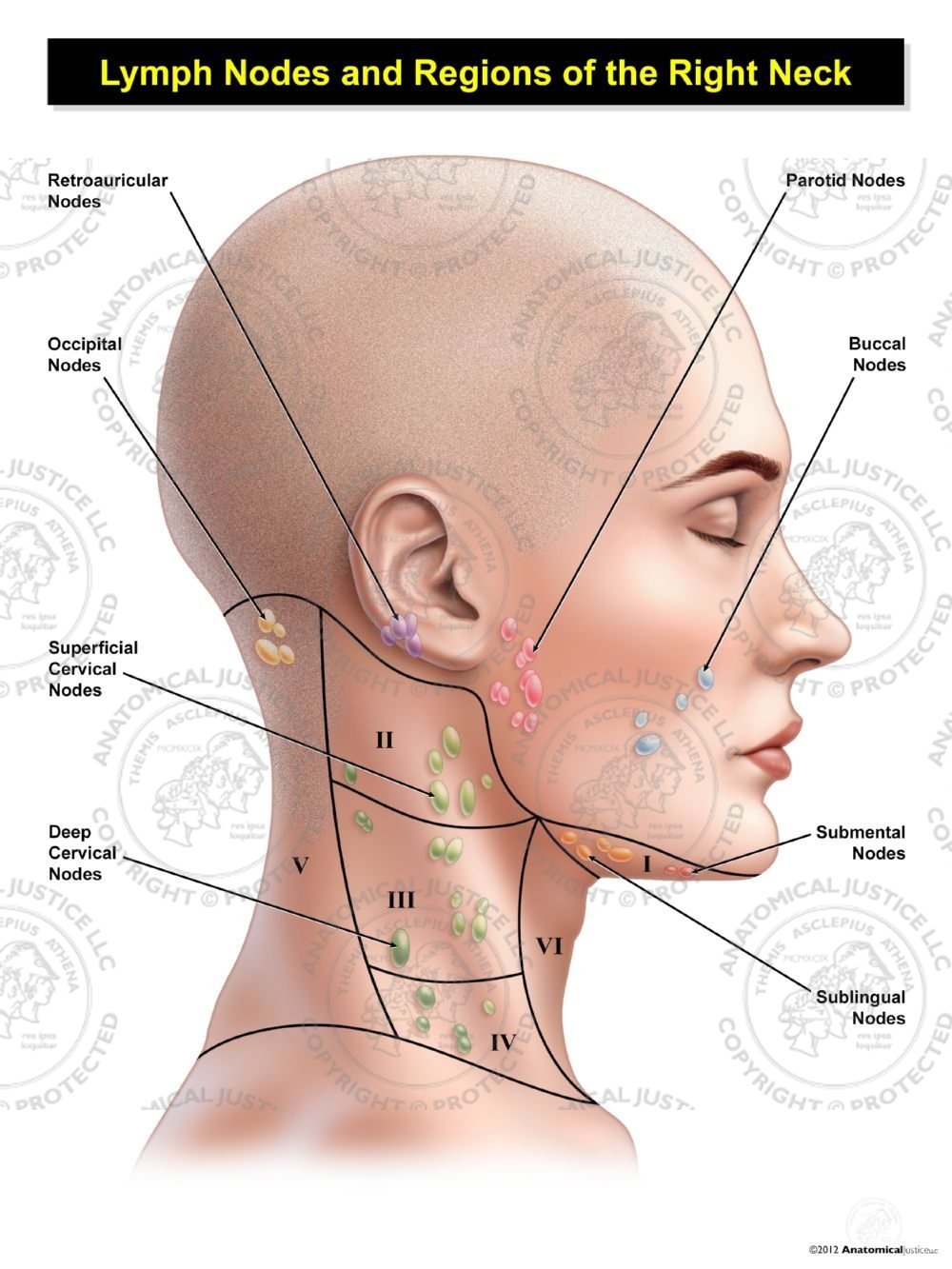
Swollen lymph nodes caused by cancer may not shrink back to their usual size until the cancer is treated. Cancer treatment may involve removing the tumor or any affected lymph nodes. It may also involve chemotherapy to shrink the tumor.
Your doctor will discuss which treatment option is best for you.
The only way to prevent swollen lymph nodes is to prevent the conditions that may cause them. Some steps you can take are below:
- Practice proper dental hygiene to help keep your teeth and gums healthy.
- Wash your hands frequently.
- Get vaccinated against conditions such as shingles, tuberculosis, and the flu.
- Avoid sharing food, beverages, or personal items such as towels with anyone who has a contagious infection such as mono or a cold.
- Use condoms or other barrier methods during sexual activity.
- Ask your doctor about switching your medications if you’re having an adverse or allergic reaction.
- Avoid feral cats or letting your pet cats play outdoors.

If you experience any of the symptoms that sometimes accompany swollen lymph nodes, or if you have painful swollen lymph nodes and no other symptoms, talk with a doctor. Lymph nodes that are swollen but not tender can be signs of a serious problem.
In some cases, the swollen lymph node will get smaller as other symptoms go away. If a lymph node is swollen and painful or if the swelling lasts more than a few days, also see a doctor.
When should you worry about a swollen lymph node?
You should seek medical advice if lymph nodes:
- are very swollen
- are becoming bigger
- either are tender or are not tender
- do not resolve within a few days
- occur with other symptoms you have concerns about
What is the main cause of swollen lymph nodes?
Most cases of swollen lymph nodes occur alongside an infection. They are a sign that the body is fighting the infection and stopping it from causing serious harm in the body.
In rare cases, swollen lymph nodes made be a sign of cancer, including lymphoma or leukemia. These lymph nodes tend to not be tender and not associated with an obvious infection or injury.
They may also occur with autoimmune conditions, such as lupus.
Are swollen lymph nodes serious?
In most cases, swollen lymph nodes are not serious but indicate that the immune system is doing its job. However, they can indicate an infection that needs medical attention.
Persistent swelling in the lymph nodes that occurs without other signs of an infection can indicate some types of cancer.
What does a swollen lymph feel like?
You may be able to feel a swollen lymph node with your fingers, although this is not always possible, as some are quite deep in the body or do not swell enough to become noticeable.
Sometimes, there is pain with the swelling, or it may be painful, for example, to turn the head.
Swelling without pain may be a sign of a tumor. Under the arm, it may indicate that breast cancer is spreading.
Under the arm, it may indicate that breast cancer is spreading.
Swollen lymph nodes are usually a sign of an infection somewhere in the body. You may notice swelling and tenderness, for instance, in the neck, groin, or armpits, alongside other symptoms, such as a sore throat.
Swelling in the lymph nodes can occur with some types of cancer, such as lymphoma, leukemia, and breast cancer. If you have concerns about swollen lymph nodes, it is best to seek medical help, especially if the swelling persists or if you have other worrisome symptoms.
Read this article in Spanish.
If you need help finding a primary care doctor, then check out our FindCare tool here.
Nodule on the neck or why you need to know the cause of lymphadenitis
Nodule on the neck or why you need to know the cause of lymphadenitis.
Many of us are rather frivolous about swollen lymph nodes, believing that this trouble will pass by itself. There is, of course, a favorable outcome, and the lymphatic glands are independently restored to their normal size.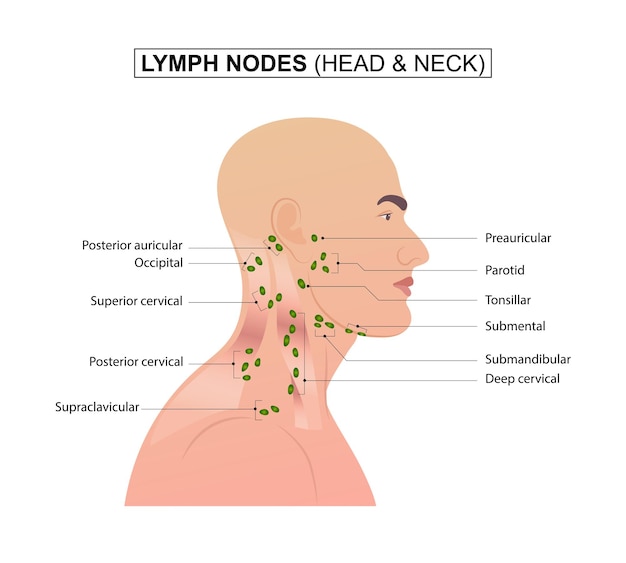 But most often, the enlarged nodes begin to hurt, the skin over them turns red, the temperature in this part of the body rises. This is how lymphadenitis develops – inflammation of the lymph nodes.
But most often, the enlarged nodes begin to hurt, the skin over them turns red, the temperature in this part of the body rises. This is how lymphadenitis develops – inflammation of the lymph nodes.
We asked the general practitioner Dmitry Nikolayevich ZABASHTA to tell us more about this disease.
– What is the lymphatic system and what is its role in the body?
– The lymphatic system consists of a network of small vessels that collect excess fluid (lymph), foreign particles and other unnecessary substances from body tissues and cells. This is a kind of drainage system (washing and cleaning). Small lymphatic vessels, merging with each other and falling into larger ones, pass through the lymph nodes. Lymph nodes are a kind of filters that trap and neutralize microbes and other toxic substances that have entered the body. Further, the lymphatic vessels, connecting into two large ducts, flow into the blood veins.
– Why do the lymph nodes become inflamed?
– If a large number of microbes enters the lymph node, then it ceases to cope with their neutralization and begins to ‘shout’ for help, that is, become inflamed.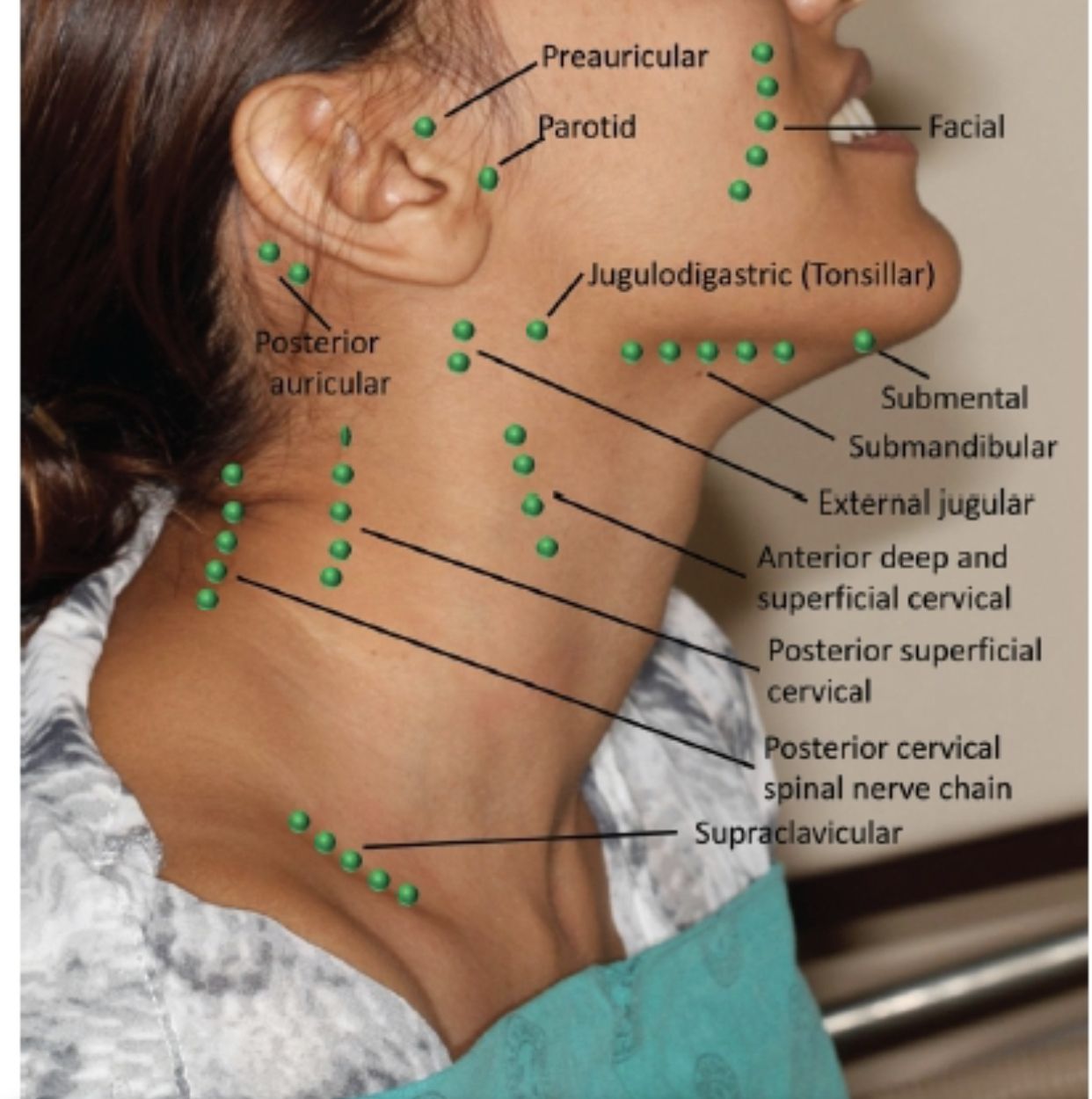 And this means that there is some source of infection in the body.
And this means that there is some source of infection in the body.
– Where are lymph nodes usually enlarged?
– A lymph node is a barrier that prevents infection from spreading further throughout the body. The lymphatic system begins to fight microbes already in its vessels, and therefore very often you can see a pink thin path running from the source of infection to the inflamed lymph node. Lymphadenitis can be caused by a crack in the skin, a splinter, a scratch. A slight suppuration causes mild pain, and a person usually pays no attention to it. But then suddenly it starts to hurt in the inguinal or axillary areas, a tumor occurs, the lymph nodes increase and become painful to the touch. This means that the local immunity could not cope with the infection and it spread further. Each lymph node is responsible for its specific area in the body. And if the focus of infection is, for example, on the leg, then the popliteal node becomes inflamed first. When the defense weakens, the microbes pass into the inguinal node.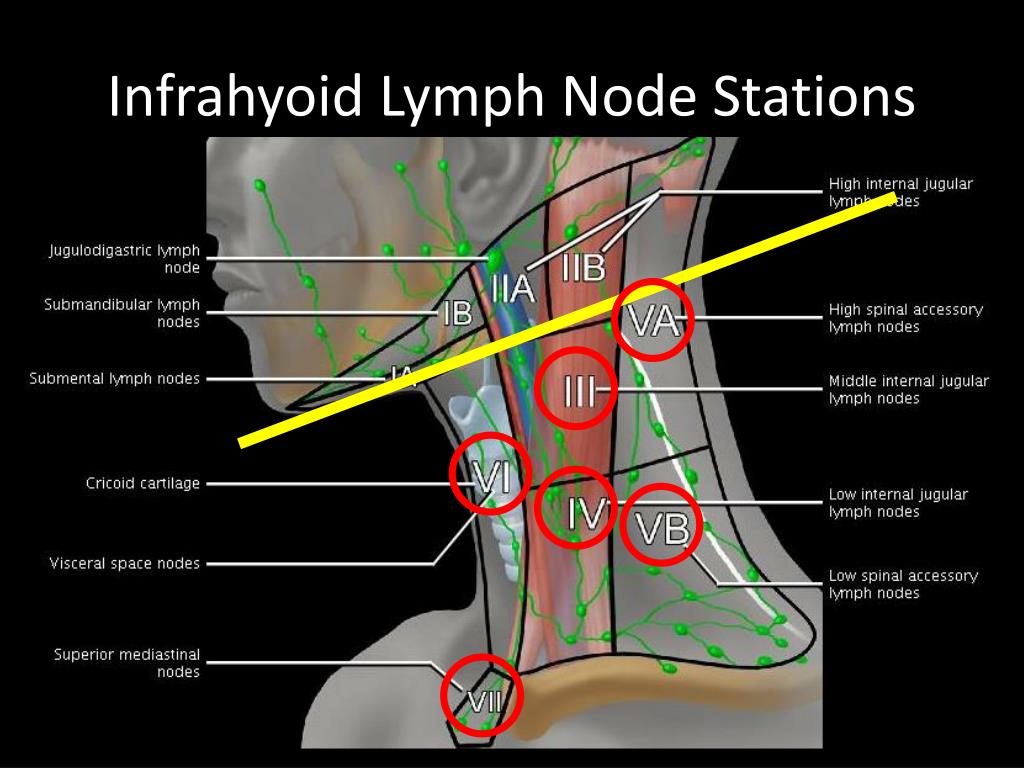 Any infectious process can be accompanied by lymphadenitis. Depending on the location of the microbes, different lymph nodes become inflamed. For example, submandibular lymphadenitis is a sign of caries, tonsillitis (inflammation of the tonsils) or gingivitis (inflammation of the gums). If several lymph nodes become inflamed at once, this means that the infection is too advanced. With a painless increase in a group of lymph nodes, a tumor process is not excluded.
Any infectious process can be accompanied by lymphadenitis. Depending on the location of the microbes, different lymph nodes become inflamed. For example, submandibular lymphadenitis is a sign of caries, tonsillitis (inflammation of the tonsils) or gingivitis (inflammation of the gums). If several lymph nodes become inflamed at once, this means that the infection is too advanced. With a painless increase in a group of lymph nodes, a tumor process is not excluded.
– Therefore, with lymphadenitis, it is necessary to treat not the lymph nodes, but to fight the infection?
– Quite right. If you remove the root cause, then the lymphadenitis will subside on its own, and the nodes will take on their original appearance (with the exception of their suppuration, which requires more serious attention). Sometimes it is enough to disinfect the wound several times a day to get rid of lymphadenitis. Some diseases (for example, tonsillitis) are accompanied by inflammation of the lymph nodes, which recover as the disease subsides.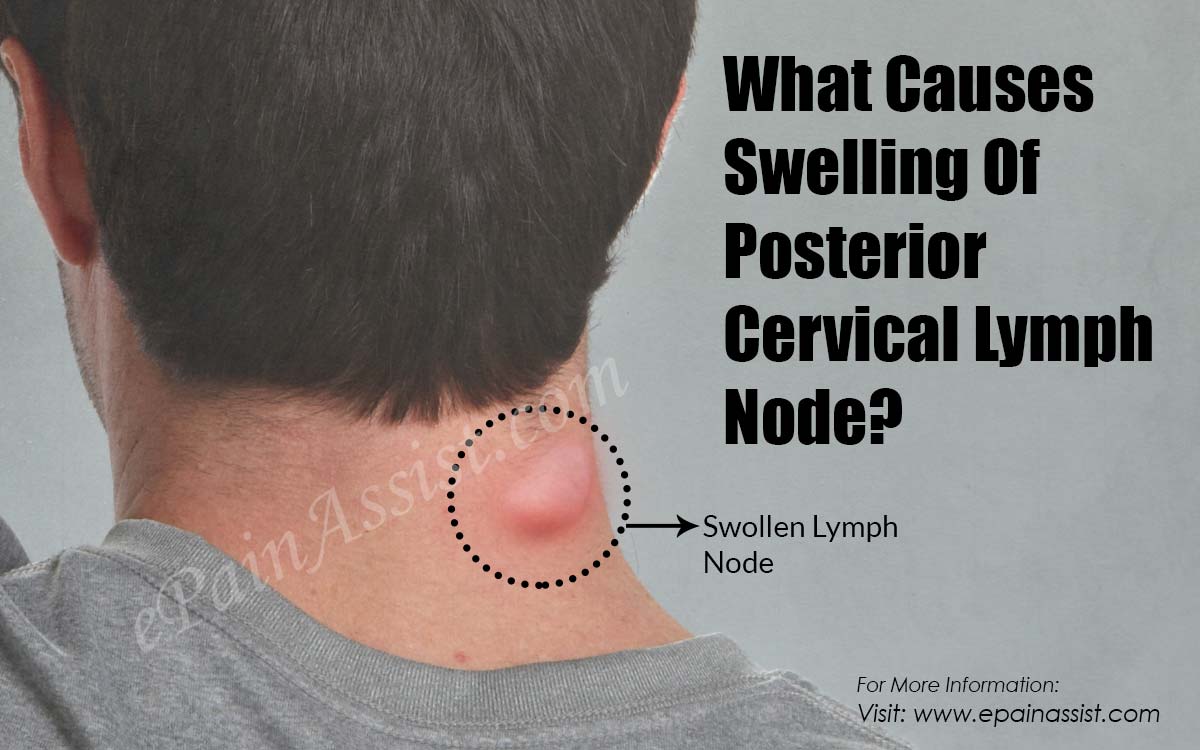 Therefore, do not rush to discharge, even if the temperature has returned to normal and all the symptoms of the disease have passed, but the lymph nodes are still enlarged and painful. This suggests that the recovery process in the body has not yet been completed. And if this signal is neglected, then complications cannot be avoided.
Therefore, do not rush to discharge, even if the temperature has returned to normal and all the symptoms of the disease have passed, but the lymph nodes are still enlarged and painful. This suggests that the recovery process in the body has not yet been completed. And if this signal is neglected, then complications cannot be avoided.
– What mistakes do patients make when trying to cope with lymphadenitis on their own?
– Do not self-medicate with lymphadenitis. Warming up the nodes, applying ointments to them is unacceptable. If the lymph nodes are enlarged and sore, you should immediately consult a doctor – a general practitioner or surgeon. Depending on the disease, treatment will be prescribed.
– When do lymph nodes have to be removed?
– Lymph nodes are removed during tumor processes, since they accumulate untreated malignant cells that can spread throughout the body and cause secondary tumors (metastases). An increase in lymph nodes with tumors is not lymphadenitis, but outwardly it manifests itself in the same way.
Daria PONOMAREVA.
By the way, cat scratches are not harmless.
Swollen lymph nodes can occur from a simple cat scratch if the purr has infected you. An infected cat is no different from a healthy one. The cats themselves do not get sick, but they infect a person by scratching, biting and even licking them. A few days after the injury, the lymph nodes that are in the immediate vicinity of the bite begin to increase in the victim, the temperature may rise, and a rash often appears. If the state of the immune system is good, then the disease will pass by itself, causing a lot of trouble. To avoid them, it is advisable to take action immediately. Treat the place of scratches and bites with a 2% hydrogen peroxide solution, and then with iodine or alcohol. You should not self-medicate, it is better to immediately contact an infectious disease specialist. You may have to add antibiotics or hormonal drugs. Positive results can only be obtained by fighting the underlying disease, which is the root cause of the enlargement of the lymph glands. Preventive measures for cat scratch disease are simple: wash the cat with disinfectants (drugs to kill parasites) and try not to bring the game with a pet to scratches and bites.
Preventive measures for cat scratch disease are simple: wash the cat with disinfectants (drugs to kill parasites) and try not to bring the game with a pet to scratches and bites.
All information in the article is advisory. Before medication
consult your doctor.
Don’t know what to choose?
Leave your contacts and we will help you
Pickup in 1 hour
Shelf life 48 hours
Payment upon receipt
Any order amount
nickname
Lymph nodes are an important part of the lymphatic system. Their function is to separate pathogenic and foreign agents dangerous to the body, such as cancer cells, hostile microorganisms or other infections from the lymph flow. Lymph nodes make it possible to avoid the transportation of dangerous components to all tissues and organs, participate in the formation of immunity, in protein, fat and carbohydrate metabolism. For diagnostic purposes, lymph nodes are usually examined using ultrasound.
Prices for ultrasound of lymph nodes
Indications for examination
Most often, you can notice an increase in the lymph nodes in the neck. Inflamed nodes indicate that the immune defense of the body has activated. In the normal state, the lymph nodes are visually invisible and almost not palpable. The following factors may indicate inflammation:
- lymph nodes have increased in size;
- lymph nodes are painful on palpation;
- developed pain in the chest, neck or abdomen.
The presence of these symptoms is a good reason to see a specialist. The doctor will prescribe the necessary examinations and direct you to do an ultrasound of the lymph nodes.
Study areas
Lymph nodes are divided into groups depending on their location:
- thoracic, retroperitoneal, abdominal;
- popliteal;
- inguinal;
- neck;
- axillary;
- occipital and ear;
- submandibular.

Sometimes, if a complex study is required, ultrasound of the peripheral lymph nodes is prescribed. This is the name of those lymph nodes that are located close to the surface (in the groin, in the cervical region, on the elbows and in the armpits). Depending on what the diagnosis shows, a deeper examination of certain organs and tissues is possible in order to prescribe the necessary treatment.
Ultrasound of the lymph nodes of the neck is prescribed for:
- suspected benign or malignant neoplasms of the neck organs: soft tissues, pharynx, larynx, oral cavity, and thyroid gland;
- chronic inflammatory processes of the oral cavity and neck organs;
- infectious diseases;
Ultrasound of axillary lymph nodes is prescribed for:
- changes in their size and shape;
- elevated body temperature;
- suspected oncological diseases;
Ultrasound of the submandibular lymph nodes is prescribed for:
- diseases of the neck and oral cavity;
- on the eve of dental prosthetics, including before the installation of implants;
Ultrasonography of the inguinal lymph nodes is indicated if:
- sexually transmitted infections are suspected;
- oncological pathology, including tumor metastases;
- inflammatory diseases of the pelvic organs, skin of the perineum and thigh;
Ultrasound of the retroperitoneal lymph nodes is prescribed for:
- vague abdominal pain;
- fever and chills;
- looking for cancer or metastases.

How the examination works
The procedure is absolutely painless and safe even for a child. Sensors treated with a special gel are applied to the skin in the projection of the studied lymph nodes. An image is displayed on the screen, which the ultrasound doctor deciphers. During the procedure, the shape and size of the lymph nodes, their structure, circulatory disorders, the degree of echo density of the tissue, and their location relative to each other are evaluated.
Ultrasound preparation and procedure duration
No preparation required. An exception is ultrasound of the lymph nodes of the abdominal cavity. A light diet is recommended for the patient 2-3 days before the examination. Dinner before the procedure should be light.
The examination takes from 10 minutes to half an hour, depending on the area and the complexity of the diagnosis.
Cost of ultrasound of lymph nodes
| Ultrasound of peripheral lymph nodes (+ color and power Doppler + duplex vascular scanning) | BYN 31. 20 20 |
Benefits of the MedClinic Medical Center
- Examination with the Aloka Prosound Alpha 7 premium device, which allows the use of color Doppler ultrasound to visualize structural changes and assess blood flow, as well as study the structure of the lymph nodes.
- ultrasound doctors of the highest category;
- results processing speed;
- no queues;
- pre-registration at a convenient time;
- working hours Mon-Fri from 9.00 to 21.00, on Sat from 9.00 to 16.00.
If you need to conduct an effective and accurate ultrasound of the lymph nodes in Minsk, please contact the medical center “MedClinic”. Highly qualified specialists will help to carry out diagnostics in a timely and fast manner in comfortable conditions without waiting in queues. The cost of the procedure depends on the area being examined.
Bychkevich
Andrey Romualdovich
Ultrasound doctor
- Doctor of the 1st qualification category
- Work experience since 2010
Magpie
Elena Ivanovna
Ultrasound doctor
- Doctor of the 2nd qualification category
- Work experience since 2003
Appointment
We will process the application within 2 hours and call you back.



